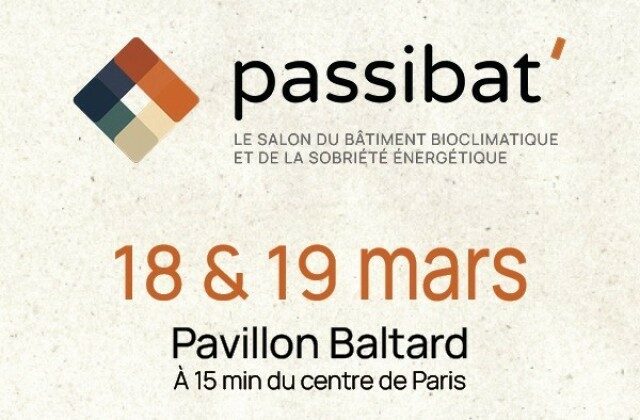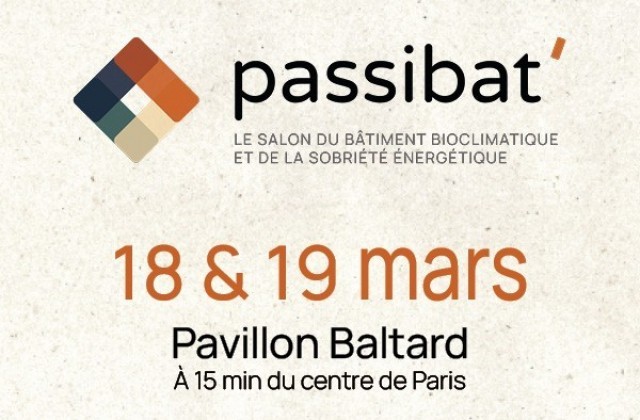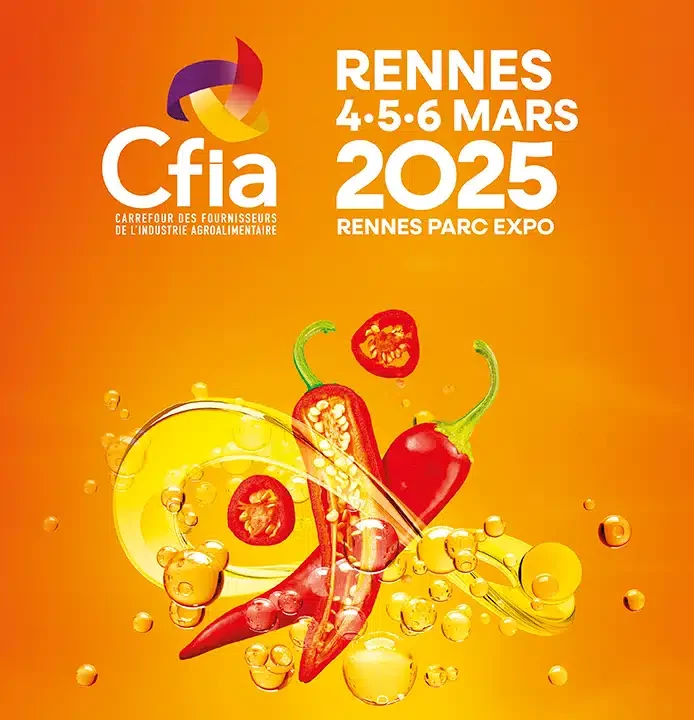Wood, straw, MDF… Each material have its own compaction method for energy recovery
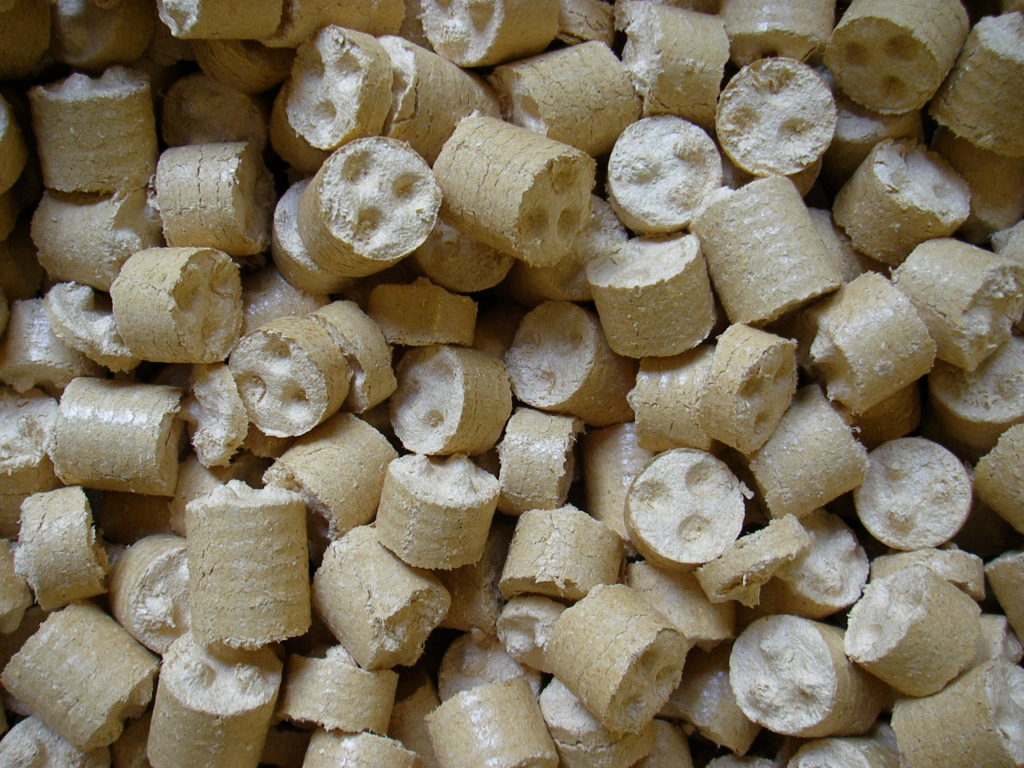
Biomass.
Waste recovered in briquettes.
Interview of
 Jesper Stecher Madsen,
Jesper Stecher Madsen,
Chief executive,
CF Nielsen
 Claire Sissoëff Piet,
Claire Sissoëff Piet,
Market manager
hydraulic press
and mecanics,
Euragglo
In the industrial or agricultural field, wood waste, process waste and production residues can be compacted and converted into combustible briquettes. In addition to a significant volume gain, this compaction offers them better density and improved combustion and thus avoids any waste. Euragglo, manufacturer of briquette presses and distributor of mechanical and hydraulic presses of its German partners RUF and Danish CF Nielsen, world leaders in their respective technologies, supports industry and local authorities in this circular economy.
What are the main technologies of briquette presses?
Jesper Stecher Madsen: There are different kind of technologies for making briquettes, by mechanical, hydraulic, screw, and tangent wheel presses. At CF Nielsen, we have 130 years of experience and a team of 35 people now based in Northern Denmark. The integration of R&D and manufacturing teams makes it possible to offer a high level of quality and flexibility. The constant innovation works for the most efficient presses in the world, able to adapt to all types of materials and to transform from 150 kg to 3 tons per hour of biomass. These briquettes are then used as fuel to replace firewood or coal.
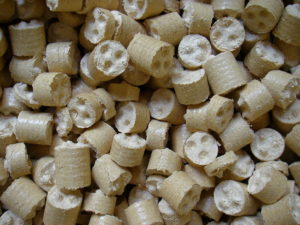
What are the main advantages of briquettes made from biomass?
Jesper Stechen Madsen: Briquettes are an alternative to pellets. The technology used offers many possibilities for industrial applications. Depending on the size selected, the briquettes are perfect for domestic use in fireplaces and wood stoves, but also for industrial or collective use or for biogas production. Briquettes can then be used to power industrial boilers, biomass plants or municipal boilers, for example, swimming pools or district heating.
In general, bricklaying reduces the volume of materials, which simplifies storage and transport problems. One cubic metre of briquettes equals 1 ton! Briquettes are uniform and easy to store.
Which materials are compatible with the bricklaying system?
Claire Sissoëff-Piet: Wood, chips, sawdust, MDF, straw and even coffee can be transformed into briquettes. Many dry materials are thus compressible. The humidity of the wood must be between 6 and 16 % maximum for a good transformation into industrial briquettes. The transformation of waste into compact briquettes allows (depending on their use) to generate heating, electricity or to reintegrate them into the manufacturing process of the industrial. It is often cheaper to recover this biomass from an energy point of view and convert it into a briquette than to dispose of the waste.
The applications of bricklaying are very diverse and we even have applications in CSR for example.
Through the partnership with CF Nielsen, we are able to offer complete production units. These mechanical presses, designed to last, feature a modern design, with touch screen operation control. The wear parts are replaceable and adapted to the raw materials and density requirements.
Click for more information : https://www.euragglo.com/fr/


